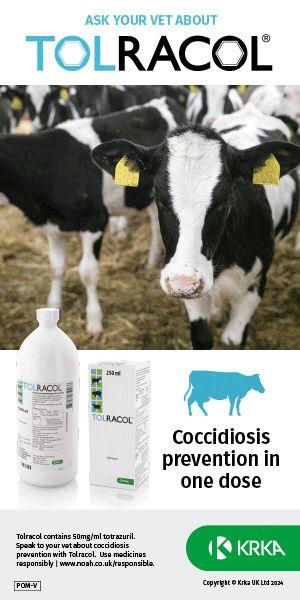Cold cow syndrome is an unusual disease of unknown cause, which usually occurs in early spring in lactating cows grazing ryegrass pastures.
It has been seen in most areas of the UK. The syndrome can affect up to 80% of a group of cows. The most likely cause is the intake of very high levels of soluble carbohydrates, but other suggestions include oestrogenic compounds in the plants and mycotoxins. There does not appear to be any link with weather conditions.
Clinical Signs
- Cow appears drunk, wobbling and falling over
- Cow cold to the touch, but body temperature normal
- Profuse non-smelling diarrhoea
- Sudden dramatic milk drop ( up to 100% in affected cows)
Diagnosis
- On the clinical signs described above
Treatment
- There is no specific treatment, except that affected herds should be housed for at least 24 hours before they are moved to a new pasture
- Cows unable to stand will require nursing care
Prevention
1) The problem may occur on the same pasture each year, thus avoiding the use of that pasture in early spring may be helpful.
2) Until the cause of the diseases is better understood then further preventative measures are not possible.





